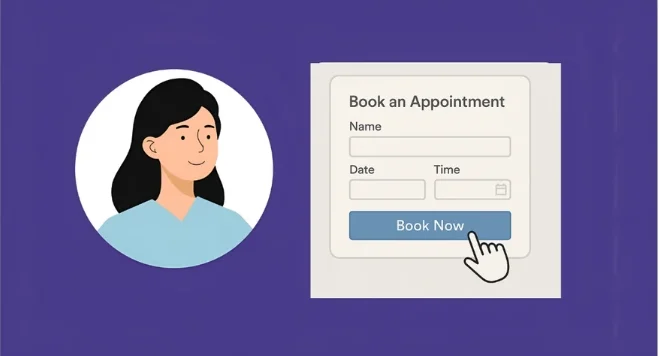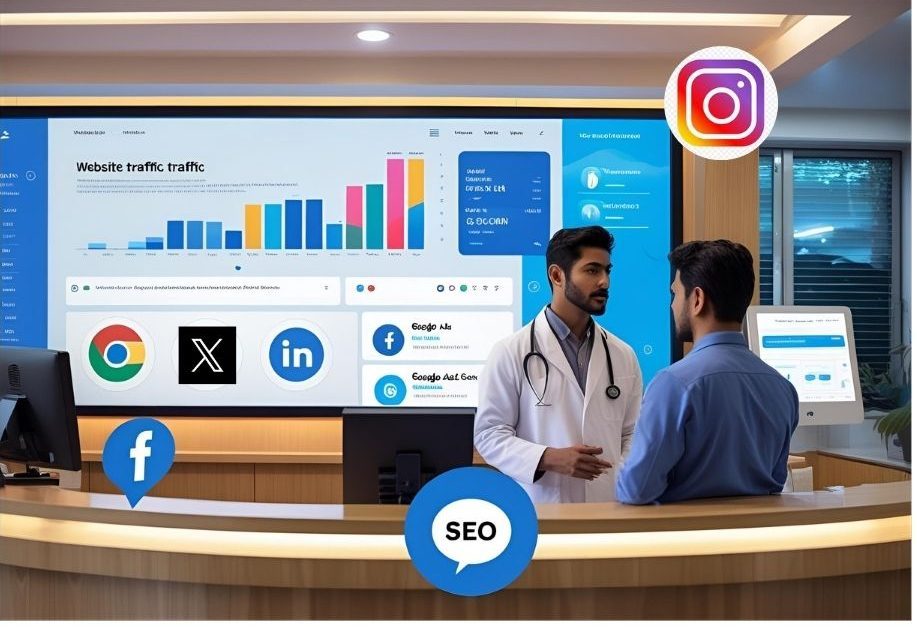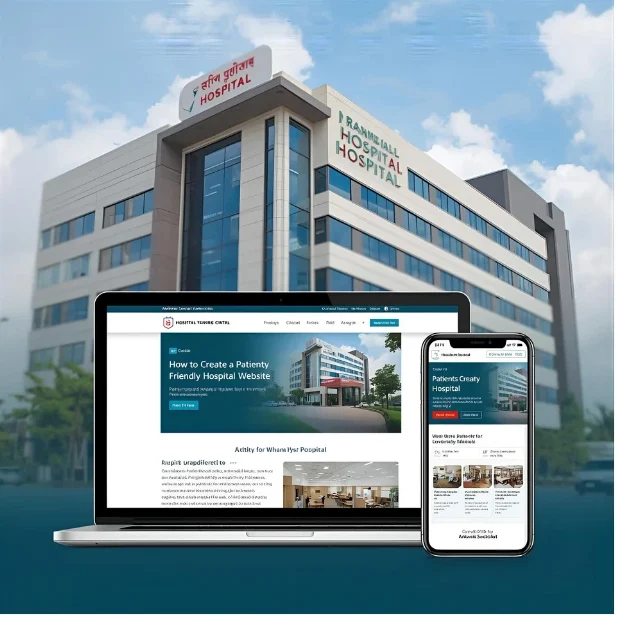
In 2025, people’s first impressions of your hospital are formed online rather than at the front desk. Before scheduling an appointment or coming to your facility, the majority of patients look for the official hospital website. You might be losing patients every day if your website is slow, out-of-date, or difficult to find.
In addition to bring in new patients, a polished, well-designed hospital website increases online visibility, builds trust, and facilitates easy communication. The top ten features that any hospital’s official website must have in order to remain competitive and patient-friendly are covered in this guide.
What Is an Official Website for a Hospital?
The main, authenticated online presence of a hospital is its official website, which is designed, owned, and run by the hospital itself. It includes up-to-date information on physicians, departments, services, and contact information.
Since the hospital’s official website offers the most reliable information, patients should always rely on it rather than unaffiliated directories or posts on social media.
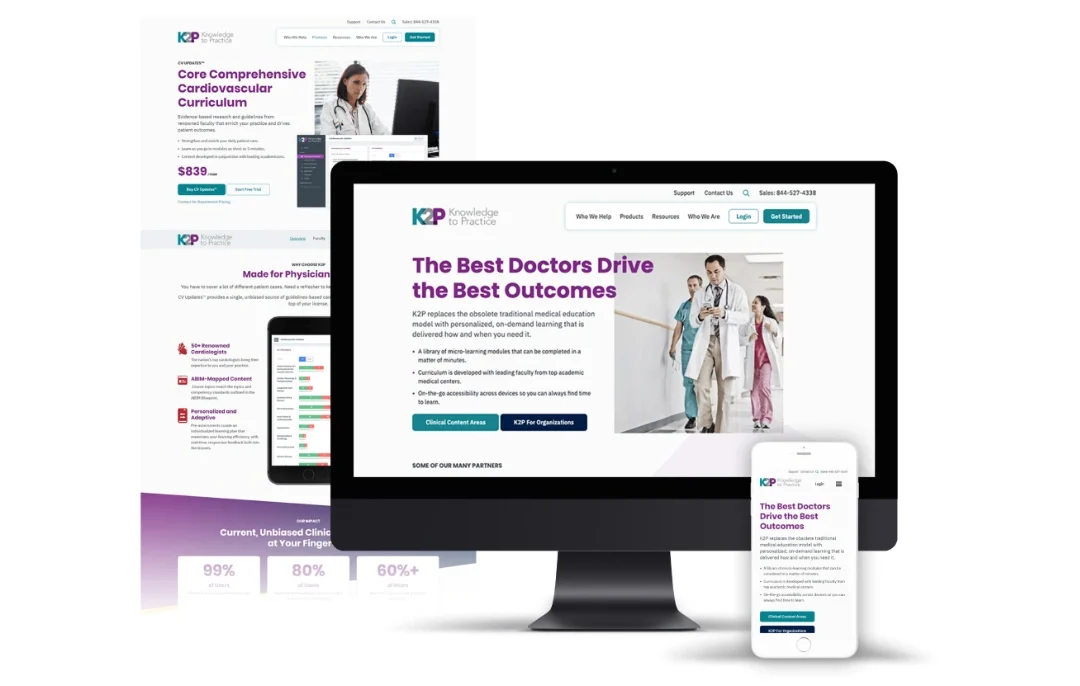
Why a Professional Hospital Website Matters
Today’s patients research online before making healthcare decisions. A professional hospital website offers:
- 24/7 availability: Patients can get information anytime.
- Trust & credibility: A modern design builds confidence.
- Better patient experience: Online booking, service details, and contact info save time.
- Increased visibility: Search engines rank optimized hospital websites higher, bringing more patients.
In short, your website acts as your hospital’s digital reception desk — and it needs to make a great first impression.
Top 10 Must-Have Features for a Hospital Official Website

- Mobile-Friendly & Fast-Loading Design : Over 70% of patients use their smartphones to look for hospitals. To keep prospective patients from leaving, your hospital’s official website needs to load quickly and display perfectly on all screen sizes.
- Clear Navigation & Simple Layout: With a few clicks, patients need to be able to locate physicians, departments, services, and contact details. A neat, orderly menu enhances user satisfaction and lowers annoyance.
- Doctor Profiles & Specializations: Hospitals that highlight their physicians are trusted by patients. To assist patients in selecting the best specialist, include the doctor’s picture, credentials, experience, and areas of specialization.
- Online Appointment Booking: Allow patients to use your website to make appointments. Time is saved and fewer phone calls are made with an integrated scheduling system or a straightforward booking form.
- Maps & Emergency Contacts: In order to help patients find you in an emergency, Prominently display emergency numbers, ambulance contacts, and a Google Maps integration.
- Service List & Pricing Transparency: Show the treatments and services you offer, along with basic cost information where possible. This transparency builds trust and reduces confusion.
- SSL Security & Privacy Policy: To safeguard patient information and establish credibility, your hospital’s official website needs to be secure (HTTPS) and prominently display its privacy policy.
- Testimonials & Reviews Section: Display authentic patient testimonials and reviews. One of the most effective strategies for establishing credibility and drawing in new clients is social proof.
- Educational Blog or Health Tips Section: publishing health-related articles and advice raises your hospital’s SEO rankings and establishes it as an authority in the field, drawing in more natural traffic.
- Integration with WhatsApp or Live Chat: Before making a reservation, patients frequently have questions. Including a WhatsApp button or chatbot facilitates immediate communication and increases conversions.
How to Create a Patient-Friendly Hospital Website in Nepal
Building a hospital website in Nepal goes beyond just putting information online. To truly serve patients and gain trust, the design must prioritize usability, accessibility, and convenience.
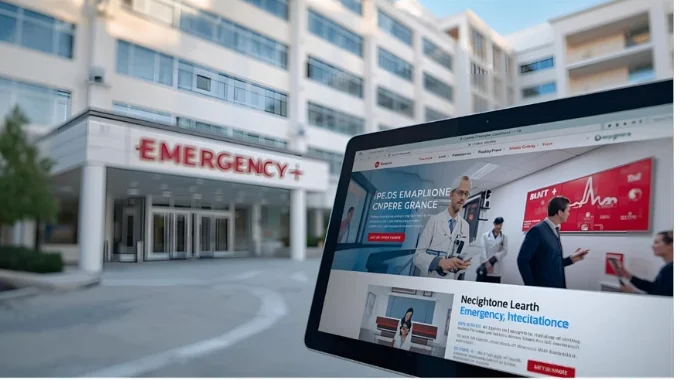
Step 1 – Research Patient Needs
It’s crucial to know what Nepalese patients genuinely seek out before creating a hospital website. The majority of patients want easy access to emergency contacts, appointment scheduling, and doctor profiles.
Step 2 – Design with Accessibility in Mind
Even for elderly patients, a patient-friendly website needs to be simple to use, read, and navigate. Every visitor, regardless of age or level of tech proficiency, can find what they need fast thanks to features like large fonts, clear buttons, support for both Nepali and English, and simple layouts.
Step 3 – Optimize for SEO & Mobile
In Nepal, more than 70% of patients use smartphones to browse hospital websites. Fast-loading, mobile-first designs are now required. Additionally, search engine optimization (SEO) makes sure that your official website is the first result that patients see when they Google “best hospital in Kathmandu” or “cardiac hospital Nepal”.
Step 4 – Integrate Appointment Booking & Chat
Patients value convenience. Adding an online appointment form, WhatsApp button, or live chat system saves time and reduces unnecessary phone calls.
Step 5 – Regular Updates & Blog Content
A hospital website should not be static. Regular updates with new doctor profiles, health packages, or blog posts on health tips show that the hospital is active and reliable.
Future Trends in Hospital Website Design (Nepal 2025 & Beyond)
Technology is changing how patients interact with hospitals online. To remain competitive, Nepalese hospitals must stay ahead of these trends:
AI Chatbots for Instant Patient Queries

Chatbots with AI capabilities can provide prompt answers to frequently asked patient questions about consultation costs, visitation schedules, and emergency contacts.
Voice Search Optimization
Many users now conduct voice searches thanks to smartphones and smart speakers. Making hospital websites voice search friendly guarantees that patients who ask questions like “Which hospital in Kathmandu offers maternity care?” will be able to locate your facility.
Virtual Hospital Tours (VR/AR)
Through virtual reality (VR) and augmented reality (AR), patients can virtually tour hospital facilities. Before visiting, patients can feel more comfortable and confident by taking a virtual tour of private rooms, maternity wards, or operating rooms.
Integration with Telemedicine
Telemedicine is an important part of modern healthcare. By adding online consultation options to a hospital’s website, patients can easily book video calls with doctors. This helps people get medical advice without having to travel, which is especially useful for those living outside Kathmandu.
Examples of Great Hospital Websites
1. Norvic International Hospital
Located in Thapathali, Kathmandu, Norvic International Hospital is a leading multi-specialty hospital in Nepal. Their official website features a clean design, easy navigation, and comprehensive information on services, doctors, and online appointment booking.
2. Shree Harsha Heart Hospital
Based in Kathmandu, Shree Harsha Heart Hospital specializes in cardiac care. Their website showcases a user-friendly interface with detailed information on heart surgeries, angioplasty, and other advanced heart treatments.
3. Shree Birendra Hospital
Situated in Chhauni, Kathmandu, Shree Birendra Hospital is a government-run hospital affiliated with the Nepalese Army Institute of Health Sciences. Their official website provides information on various medical services, departments, and facilities.
4. Paropakar Maternity and Women’s Hospital
Located in Thapathali, Kathmandu, Paropakar Maternity and Women’s Hospital is the first maternity hospital in Nepal. Their website offers comprehensive information on maternity services, gynecology, and neonatal care.
5. Civil Service Hospital
Situated in Minbhawan, Kathmandu, Civil Service Hospital is an autonomous government institution under the Ministry of General Administration. Their official website provides details on various medical services, departments, and patient information.
Common Mistakes Hospitals Make
Even good hospitals sometimes lose patients online because of these website mistakes:
- Outdated Design: Websites from the past appear unprofessional and unreliable. Patients expect modern, modern designs.
- Missing Contact Information: Patients may give up and look elsewhere if phone numbers, email addresses, or physical addresses are not readily available.
- Difficult Navigation: If patients are unable to locate doctors, departments, or services with ease, they depart. A menu that is difficult to understand is a big turn-off.
- No Call-to-Action: Patients might not proceed if there are unclear booking buttons, contact forms, or WhatsApp chat options.
- Slow Loading Speed: Users become frustrated and bounce rates rise when websites take too long to load.
- Not Mobile-Friendly: A lot of patients use smartphones to look for hospitals. Users might quit right away if the website isn’t responsive.
- Lack of SEO Optimization: Patients won’t find your hospital’s website when they search online if it isn’t search engine optimized.
- Poor Visual Content: Low-quality images, lack of doctor photos, or no videos make the site feel less trustworthy.
- No Testimonials or Reviews: Before selecting a hospital, patients look for social proof. Lack of reviews makes people less confident.
- Ignoring Security and Privacy: Patients are reluctant to share personal information on websites that lack HTTPS or explicit privacy policies.
Conclusion
In today’s digital world, one of the most effective tools for drawing in and caring for patients is your hospital’s official website. Building trust and increasing bookings can be greatly aided by a professional website with a modern look, secure systems, and patient-friendly features.
Now is the time to take action if your hospital’s website seems dated or if you don’t have one yet. Modern, patient-friendly hospital official websites that load quickly, look fantastic on all devices, and increase appointment bookings are the specialty of IT Relevant.
📞 To improve your hospital’s online visibility and create a website that accurately conveys the level of care you offer, get in touch with IT Relevant right now.
